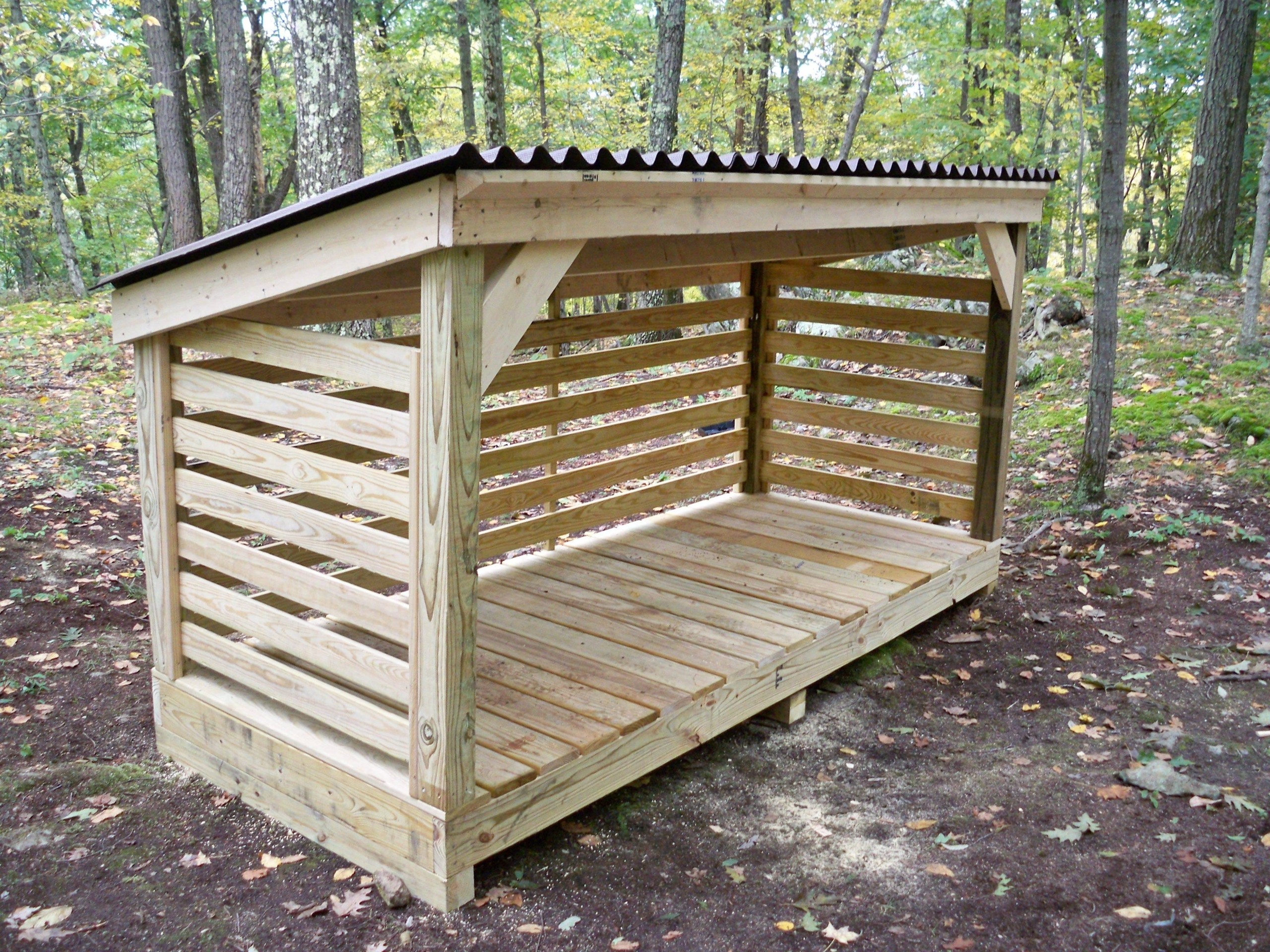Saturday, 9 November 2024
How to build a firewood storage shed with ventilation for dry wood

Alright, so you’ve got a decent stash of firewood, but it's sitting out in the open, getting rained on and looking like a soggy mess. You know the drill, right? Damp wood won't burn well, it'll smoke like crazy, and you'll be cursing the day you decided to try and make a fire.
Fear not, fellow fire-starter! We're about to embark on a journey to build a firewood storage shed that'll keep your wood dry, happy, and ready to roar.
The Blueprint: Choosing the Right Design
First things first, let’s talk about what kind of shed you need. Think about the size of your wood pile and the space you have available. A simple, rectangular shed is often the most practical, but if you're a wood-hoarding extraordinaire, you might want to go for something larger with multiple compartments.
Here's a breakdown of common designs:
The Basic Rectangular Box: This is your classic shed. Easy to build, affordable, and can be scaled up or down to suit your needs.
The L-Shaped Design: Perfect for tucking into a corner and maximizing space. The "L" shape offers a little extra room for storing tools or even a small workbench.
The Split-Level Shed: This design is ideal if you want to store different sizes of wood. The upper level can be used for smaller pieces, while the lower level can accommodate longer logs.
Building the Foundation: A Solid Base for Success
Your shed needs a strong foundation to stand the test of time. Here are a few options:
Concrete Slab: This is the most durable option but can be a bit more expensive. A concrete slab will provide a stable base for your shed and will help prevent moisture from wicking up from the ground.
Pressure-Treated Skids: A more budget-friendly approach, pressure-treated skids will elevate your shed slightly, providing some airflow beneath.
Concrete Blocks: A simple and cost-effective choice, concrete blocks create a sturdy foundation and can be easily laid out in a rectangular pattern.
Framing Up: The Skeleton of Your Shed
Now we're getting into the meat of it! The framing is what gives your shed its shape and structure. You'll need some lumber, specifically treated lumber for the foundation, and standard framing lumber for the walls and roof.
Wall Framing: Use 2x4s or 2x6s to construct your walls, creating a sturdy framework for your siding. Don't forget about door and window openings!
Roof Framing: Choose rafters for your roof, either pre-cut or build your own using 2x4s or 2x6s. You'll also need a roof truss or a simple gable frame to support the roof sheathing.
Roofing: Keeping Your Wood High and Dry
Now let's get that roof on! Your choice of roofing material is important, as it needs to protect your firewood from the elements.
Metal Roofing: Durable, low-maintenance, and reflects heat, making it a great choice for hot climates.
Shingles: A classic choice that offers good protection and a variety of styles to suit your preferences.
Asphalt Roofing: Cost-effective and easy to install, but may need replacing more frequently than other options.
Siding: The Outer Shell of Your Haven
Time to give your shed some personality! There are many siding options to choose from, depending on your budget and style.
Wood Siding: A natural and classic choice, wood siding can be painted or stained to match your home's exterior.
Vinyl Siding: Low-maintenance, durable, and comes in a wide array of colors.
Fiber Cement Siding: A more durable option that is resistant to fire, rot, and insects.
Ventilation: The Key to Dry Wood
Now, here's where we really make this shed shine! Adequate ventilation is essential to keep your wood dry and prevent mold and mildew.
Air Vents: Install vents on the walls or roof to allow air to circulate freely through the shed.
Roof Vents: Place vents on the roof to draw out warm, moist air.
Openings: Consider leaving gaps in the walls or the base of the shed for additional airflow.
Finishing Touches: The Little Things That Make a Difference
It's time to put the finishing touches on your firewood haven:
Floor: A simple concrete floor is an excellent choice for a firewood shed. However, if you're feeling fancy, you could use treated lumber or even composite decking.
Door: A solid wooden door will keep your wood secure and protect it from the elements.
Shelves or Racks: Consider adding shelves or racks to organize different sizes of wood and make it easier to access.
Lighting: A light fixture or solar-powered lights will make it easier to find your firewood after dark.
The Grand Finale: Putting It All Together
And there you have it â€" your very own firewood storage shed! It's a project that takes time and effort, but the benefits are definitely worth it. You'll have a dry, organized wood supply that's ready to fuel your next campfire or fireplace.
Bonus Tip: To give your wood an extra boost of dryness, consider adding a small fan inside the shed to circulate air and speed up the drying process.
Happy building, and happy fires!




No comments:
Post a Comment
Note: only a member of this blog may post a comment.